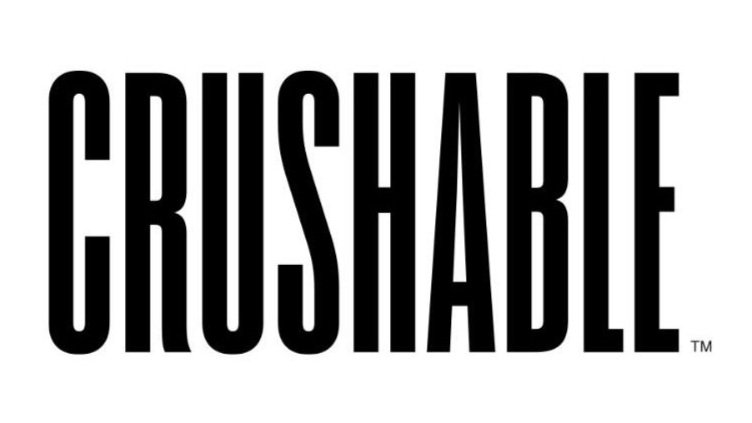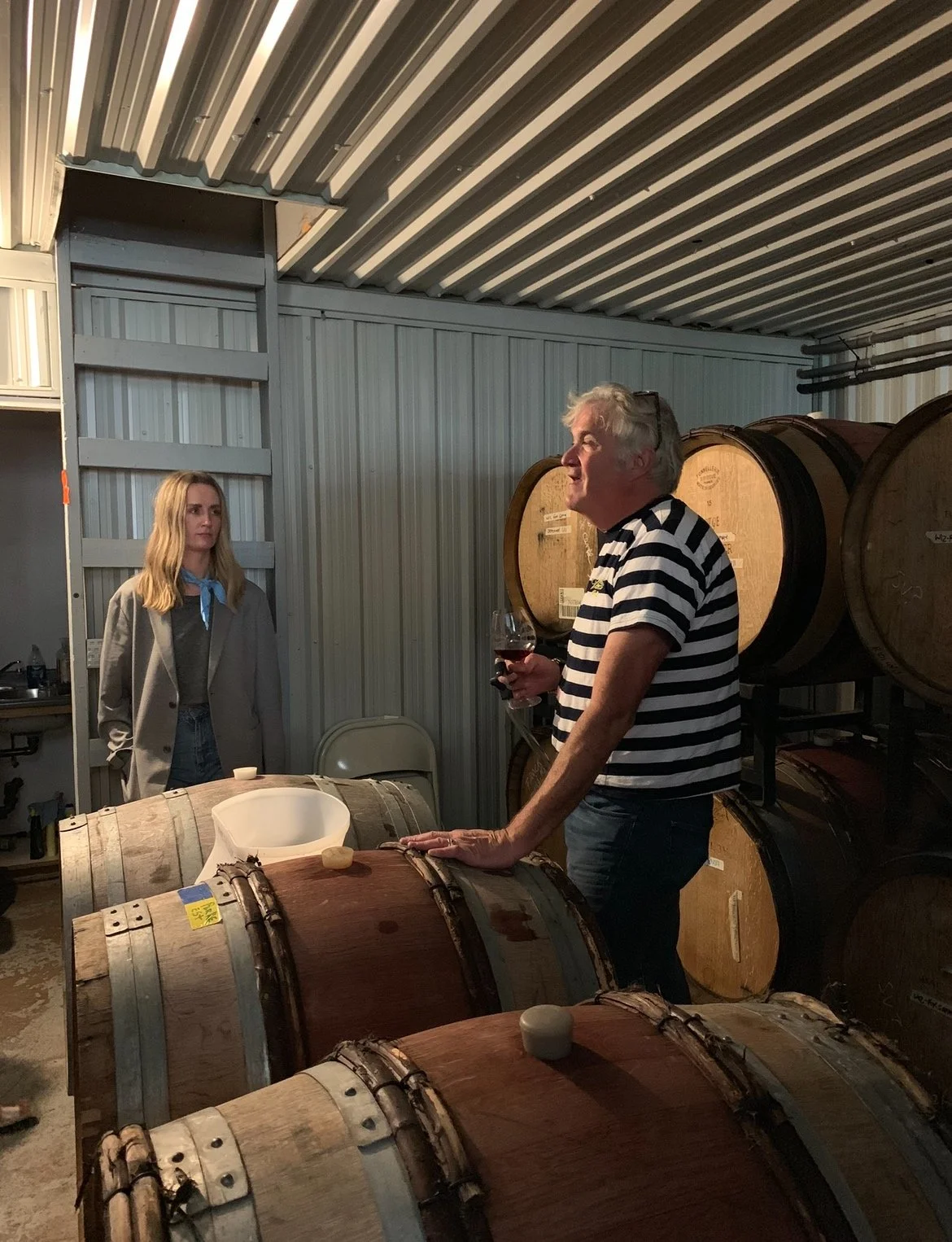ASK CRUSHABLE: Can you help newbies understand the complex terrain of natural wine?
Laura Milnes with winemaker, Thomas Bachelder
Dear CRUSHABLE,
I see so many posts and articles discussing natural wine, but it’s such a confusing landscape to navigate. How do I really know what’s natural or what it really is? Can you distill the conflicting definitions into a natty 101 for us newbs? Help!
Signed,
Wannabe natty enthusiast
Dear Wannabe,
Sometimes I don’t even know what natural wine is, having been accused by others in the natural wine realm for promoting wines that “aren’t really natural”.
It’s confusing largely because there is no clear definition that exists, agreed upon by all wine professionals.
The French have designated a signifier coined “vin methode nature”, recognized by the French Ministry of Agriculture - though you have to be a paid member in order to use it on your wine labels, thus making it largely unhelpful for the average consumer.
In recent years, natural wine has cascaded into various groups ranging from extremist to more pragmatic. You may have seen the term “natty” used by industry professionals to denote when someone falls into the extreme side - people eschewing literally ANY intervention - though, this is also rather dishonest because you can’t really make wine without intervening in some way. More on this later.
The widely held definition by most in the wine industry generally assumes that the grapes have not been conventionally farmed, meaning at minimum organic practices are abided by, and little to nothing is added or taken away in the cellar.
This is where things get tricky - many wineries pay for organic certification, that indicate only organic sprays and practices in the vineyard are permitted - though this does not extend into the cellar. The same applies for Demeter or Biodynamic certifications - though they eschew the use of any pesticides, insecticides or fungicides in the vineyard, the use of reverse osmosis and other interventions are allowed.
Next comes regenerative or the holy grail, “natural farming”. Vineyards abiding by this practice do not till their soils, spray with any chemicals, or prohibit “competition” in the vines. Rather, they encourage, and even plant cover crops that attract beneficial insects. Where conventionally farmed vineyards prohibit growth of other plants, natural vineyards encourage them. Visiting a “natural” vineyard, you’ll encounter fruit trees, tall grasses and wildflowers all growing symbiotically, argued that this benefits the overall health of the grapes.
Ultimately, this approach does make a lot of sense because you’re utilizing what Mother Nature is providing, you’re not salting the earth, and you’re promoting a healthy biodiversity by way of a strong microbiome and mycelial population - a network of fungi that live in the soil, akin to an underground highway, where nutrients can be exchanged or deficiencies communicated.
The issue with this type of farming is that it requires a massive amount of human labour - a problem that plagues most wineries, with margins that are extremely tight, especially in new, or emerging regions where just about everything from land, labour and supplies are extremely costly.
It takes generations to build up healthy soil, vines that have not only age but resilience, as well as the appropriate climate in which to do so.
Niagara-on-the-lake, for example, is a challenging environment in which to make natural wine due to how wet the climate is - susceptibility to rot and other mildews is common. Choose not to step in and mitigate, and you run the risk of low yields or poor quality fruit (necessary to make quality wine, no matter the approach).
This is where the notion of intervention comes in, no matter how “natural” you advertise yourself to be. Natural wineries train their vines. They study where the vines will best grow, assessing soil type and curvature of the earth. Even the most natural of wineries are playing God to some extent - they are producing a product that they have to sell to survive, and in order to do so, the product needs to taste good.
Currently in Canada, there is no legal requirement to disclose ingredients on your label, though some wineries are starting to do so in the name of transparency. This is why the average consumer is so naive when ingredients in wine are mentioned - the vast majority assume grape juice that’s magically transformed into wine.
Isolated yeast strains from a lab, enzymes, nutrients, dyes, sugar, acids, sulphites - are just a fraction of ingredients available to winemakers as part of the winemaking arsenal.
Generally, it’s widely held that natural wine will be: at minimum organically farmed (though regenerative is preferred), indigenously fermented (where no yeasts are added to inoculate), unfined and unfiltered, and minimal S02 used throughout (whether during bottling or elevage) - exceptions always exist, and corrections should be tolerated in challenging years, in order to salvage the harvest.
Some extremists may argue that techniques like cold soaking or settling is an intervention - this is where a pragmatic approach needs to be adopted, because in order to produce clean, unflawed wine, you simply have to step in, otherwise you may battle potentially problematic issues, producing undesirable results.
Many ask how you really know if a wine is natural - there is no simple answer. Your best bet is to build relationships with your local farmers, visit their sites, and acclimate your palate to what tastes best to you.
Remember: nuance is everything. If it sounds too good to be true, it probably is.
Ask lots of questions, go direct to the source, and drink lots of wine!
I hope this helps,
Laura

